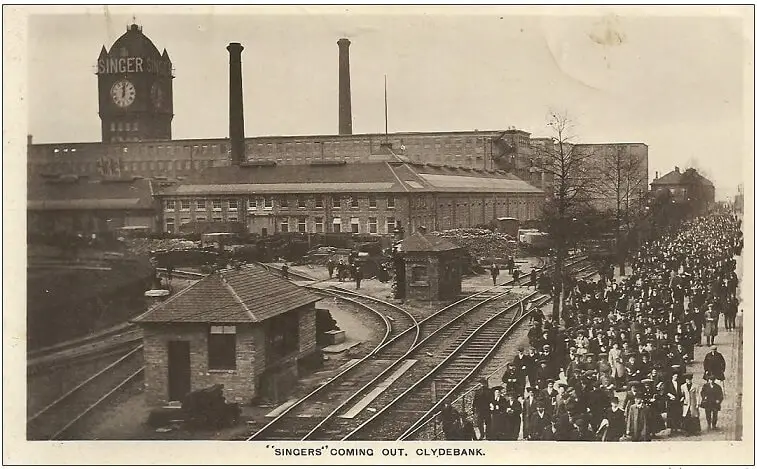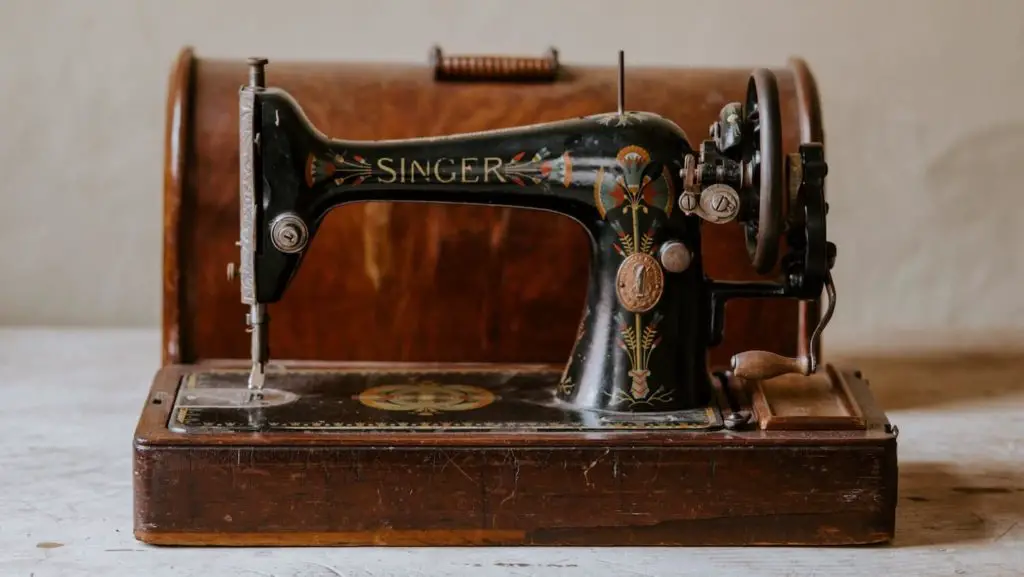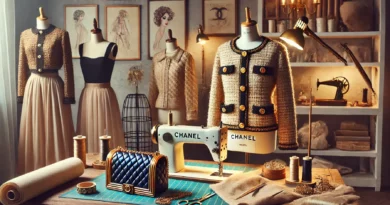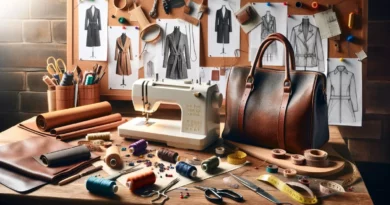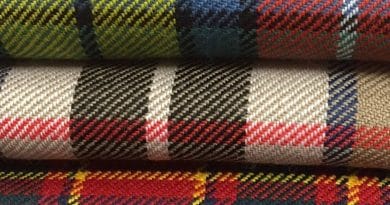The story of a couture pioneer: the Singer brand
Singer brought the sewing machine into the home as early as the 1860s. How did the history of the famous brand unfold over the decades?
A quick look back.
Singer’s debut
The Singer machine has changed a lot over the years. Perhaps your grandparents had one of these old machines from the past, as big as a piece of furniture, as heavy as an anvil, and as beautifully decorated as a vintage vase.
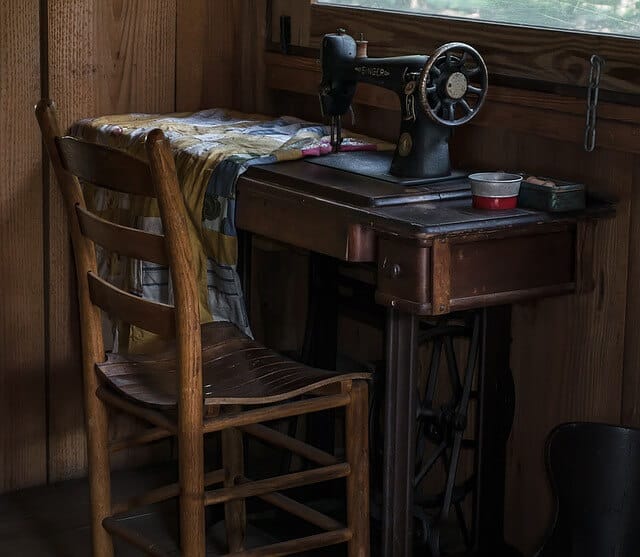
A far cry from the lightweight, electronic, mainly plastic machines that sit on our sewing tables today.
We need to go back almost two centuries to arrive at the origins of the sewing machine, imagined by French tailor Barthélemy Thimonnier in 1830.
And wait another twenty years to cross paths with Isaac Merrit Singer, the founder of the famous brand. This blacksmith’s son is passionate about machines, which he tinkers with and tries to improve.
This is what he decides to do with the Lerow&Blodgett industrial sewing machine. He modified it by installing a straight needle instead of a curved one. He designed a pedal to operate the machine and invented the presser foot, which follows the shape of the fabric.
On August 12, 1851, he registered the patent for this new machine, which led to several copyright disputes, notably with inventor Elias Howe. These troubles did not prevent him from founding IM Singer & Company with lawyer Edward C. Clark a few months later.
Who will the two men offer these machines to? New York tailors, who work by hand, are not interested. They see the sewing machine as a competitor that could put them out of work by automating the production line.
Singer and Clark turned to another target: women, who saw in this tool a way to lighten the burden of making clothes for their whole family.
The first machines were sold for $100 each.
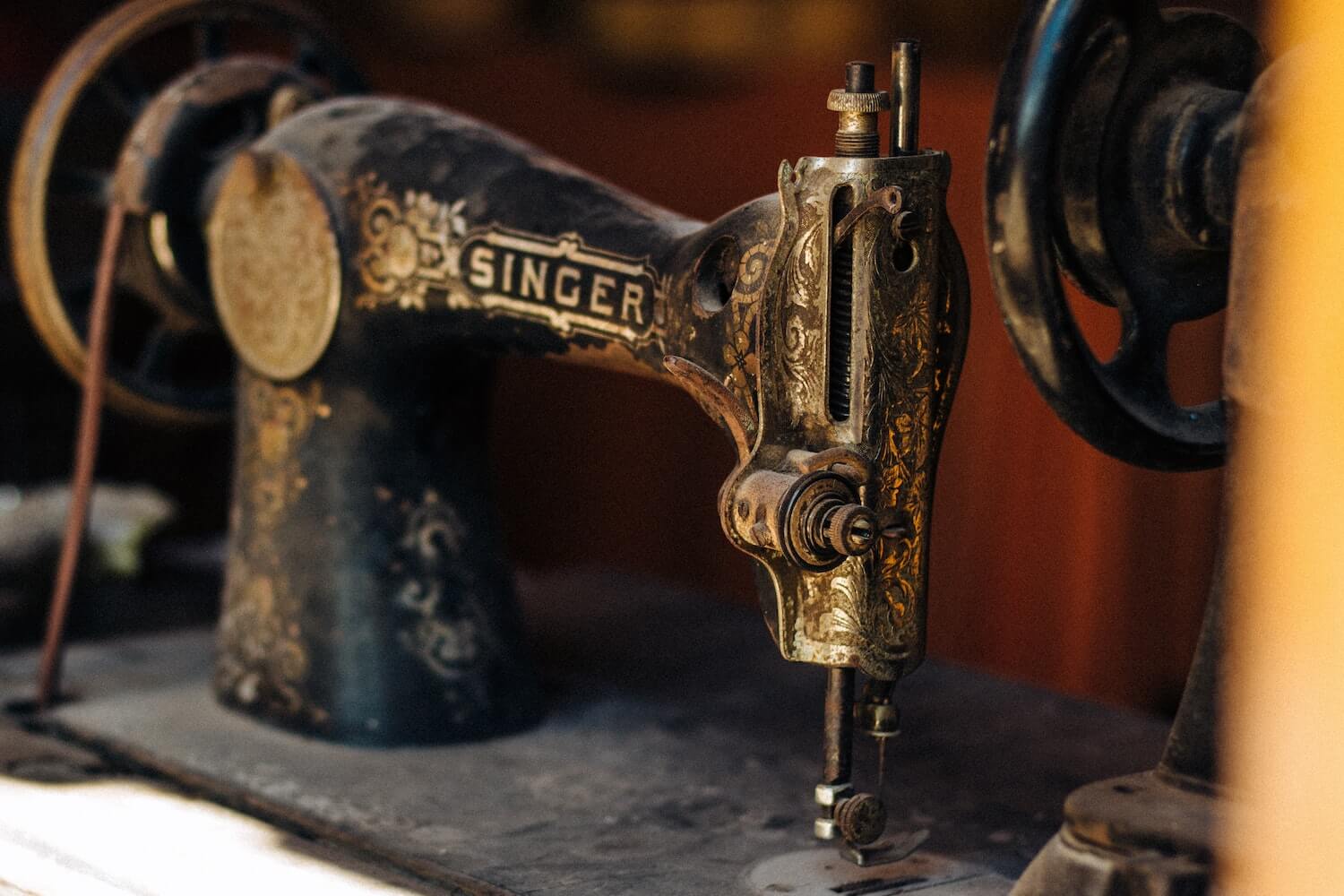
The incredible rise of the Singer machine
In 1953, the company changed its name to simply the Singer Manufacturing Company.
A production center opens in New York. Singer was one of the first brands to open franchises all over the world. For example, in Paris, where the company set up shop in 1855 after the Paris Universal Exhibition (which awarded first prize to one of its machines), then in England, Scotland, Japan…
Singer was also one of the first multinationals in the history of industrialization, and the first company to relocate. It began relocating production to Scotland in 1867, where labor costs were lower than in the United States.
Clark and Singer soon became known for their sales techniques and innovative marketing strategies, which enabled them to sell more and more machines.
Their salespeople set up shop on the street, going door-to-door, and don’t hesitate to demonstrate their machines to show how they work, and inspire passers-by to buy one for their home.
The two men also devised a credit system, common today but quite revolutionary at the time. It enabled families to purchase one of their own devices while incurring debt.
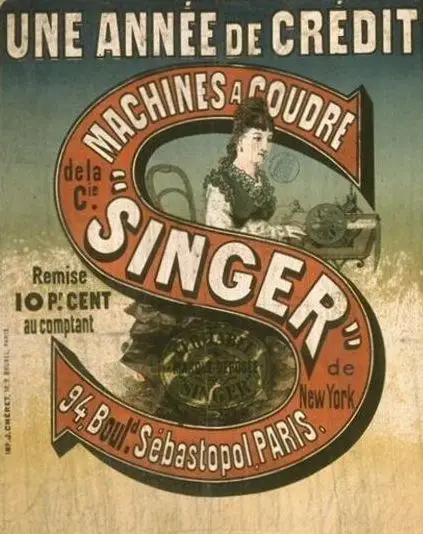
Isaac Singer died in 1875 at the age of 63, but his partner Edward Clark took over the company.
Sales continued unabated: in the last two decades of the 19th century, over 500,000 machines were sold every year. In France, eight out of ten households are equipped with a sewing machine.
And a new innovation once again revolutionizes the market. With the invention of electricity and its widespread use in American homes, The Singer Manufacturing got up to speed. The first electric sewing machine was produced in 1881.
Omnipotence!
Nothing seems to be able to stop the brand. The first Singer building is erected at 149 Broadway in New York City. A 47-storey, 186-metre-high skyscraper, a symbol of Singer’s power and expansion.
Nothing could stop the brand except World War II, which brought sewing machine production to a halt. Singer took part in the war effort, and its factories began manufacturing weapons. Normal production resumed in 1946.
The Glorious Thirties changed the world’s economic landscape, with the rise of new brands from Japan and Europe competing with Singer: Bernina, Pfaff, Viking, Brother…
It was time for change, and the Singer Manufacturing Company, whose name had been simplified to Singer Company, decided to diversify. This involved the acquisition of other companies such as Packard Bell Electronics and Link Flight Simulation.
Singer is no longer just synonymous with sewing machines, but now produces refrigerators, televisions and even supports NASA’s Apollo program. In 1975, Singer released the Athena 2000, the first electronic sewing machine in history.
Then the tumble…
But there are many difficulties. With the advent of ready-to-wear and assembly-line clothing, sewing machines are no longer as attractive to buyers as they once were. Households are turning away from sewing.
The 80s were difficult, and Singer resold many of the brands it had acquired in previous decades.
In 1999, Singer filed for bankruptcy and was taken over by Kohlberg & Company. Seven years later, in 2007, this parent company acquired the Husqvarna and Pfaff sewing machine brands. The group was renamed SVP.
Today, the company is headquartered in Hamilton, Bermuda. Singer remains one of the world’s most famous sewing machine brands.
